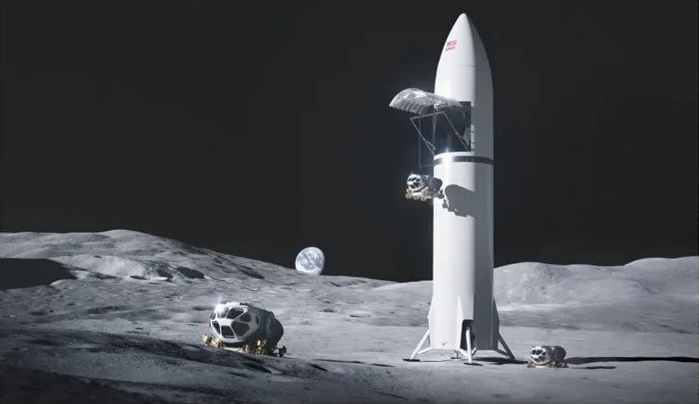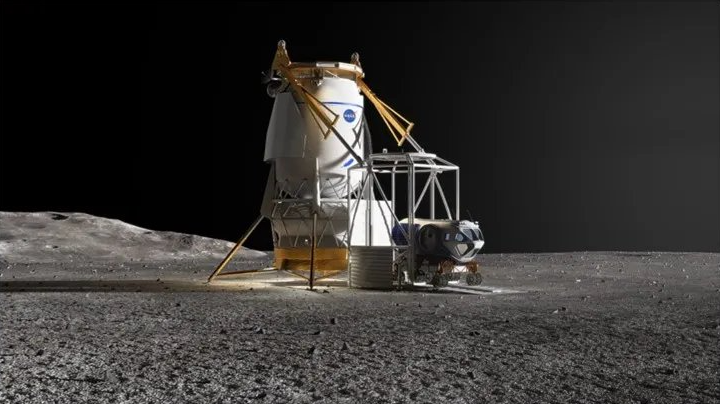
NASA has picked SpaceX and Blue Origin to deliver a lunar rover and habitat to the moon within the next decade.
The space agency last week announced it will assign two lunar cargo demonstration missions—one to each partner—under the companies’ contracts to build human landing systems (HLS) for the Artemis moon mission program.
SpaceX and Blue Origin are working under multibillion-dollar deals to develop the vehicles that will land Americans on the moon during Artemis III, Artemis IV, and Artemis V. SpaceX’s Starship HLS will handle the first two missions, starting with Artemis III scheduled for late 2026. Blue Origin’s Blue Moon lander, selected by NASA two years later, will fly Artemis V.

The space agency in 2023, though, requested that both contractors design cargo versions of those crewed systems. They will fly no earlier than Artemis VII and be expected to deliver 26,000 to 33,000 pounds of payload.
“NASA is planning for both crewed missions and future services missions to the moon beyond Artemis V,” said Stephen Creech, assistant deputy associate administrator for technical at NASA’s Moon to Mars Program Office. “Having two lunar lander providers with different approaches for crew and cargo landing capability provides mission flexibility while ensuring a regular cadence of moon landings for continued discovery and scientific opportunity.”
NASA at present is eyeing two lunar cargo demonstration possibilities. One mission would send a state-of-the-art lunar rover, in development by Japan’s Aerospace Exploration Agency (JAXA), to the moon aboard a Starship cargo lander as soon as fiscal year 2032. Officials estimate it will explore the moon for about a decade and traverse thousands of miles of rocky landscape.
The other project would see Blue Origin deliver a “lunar surface habitat” to the moon as early as the following year. The lunar habitat appears to be a newly announced piece of hardware, and it is unclear whether Blue Origin will be the one building it. NASA did not immediately respond to FLYING’s request for more information.
“These large cargo lander demonstration missions aim to optimize our NASA and industry technical expertise, resources, and funding as we prepare for the future of deep space exploration,” said Lisa Watson-Morgan, HLS program manager at NASA’s Marshall Space Flight Center.
NASA said it expects to issue requests for proposals to SpaceX and Blue Origin early next year.
Editor’s note: This story first appeared on FLYING.









